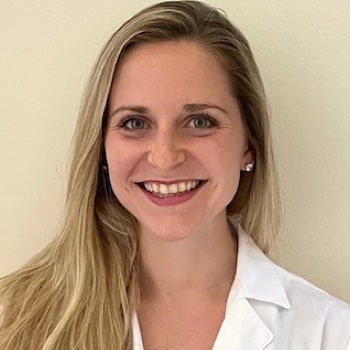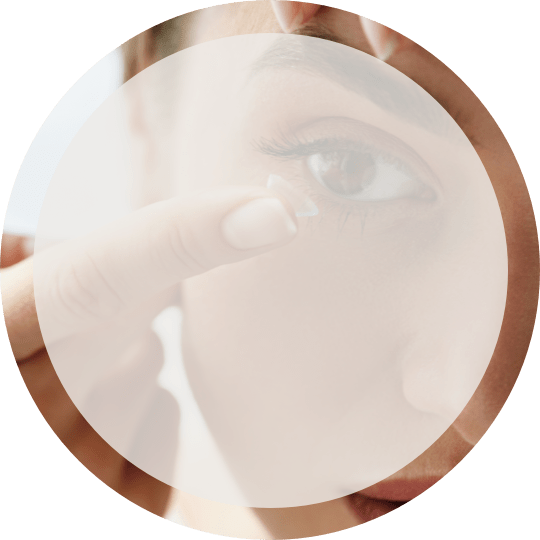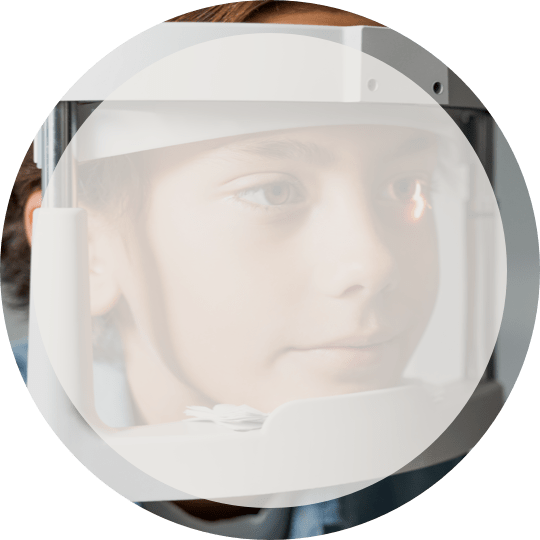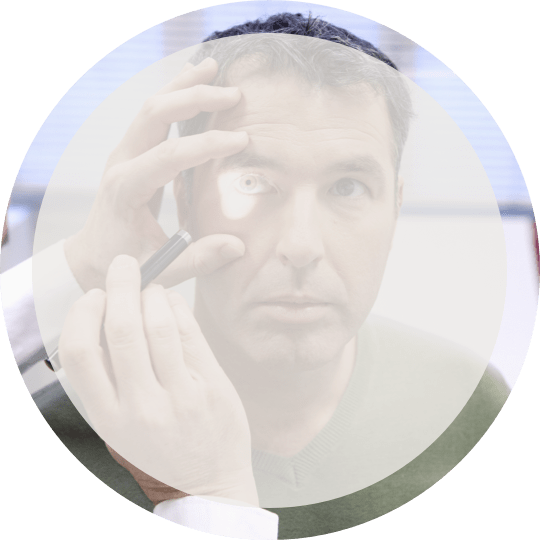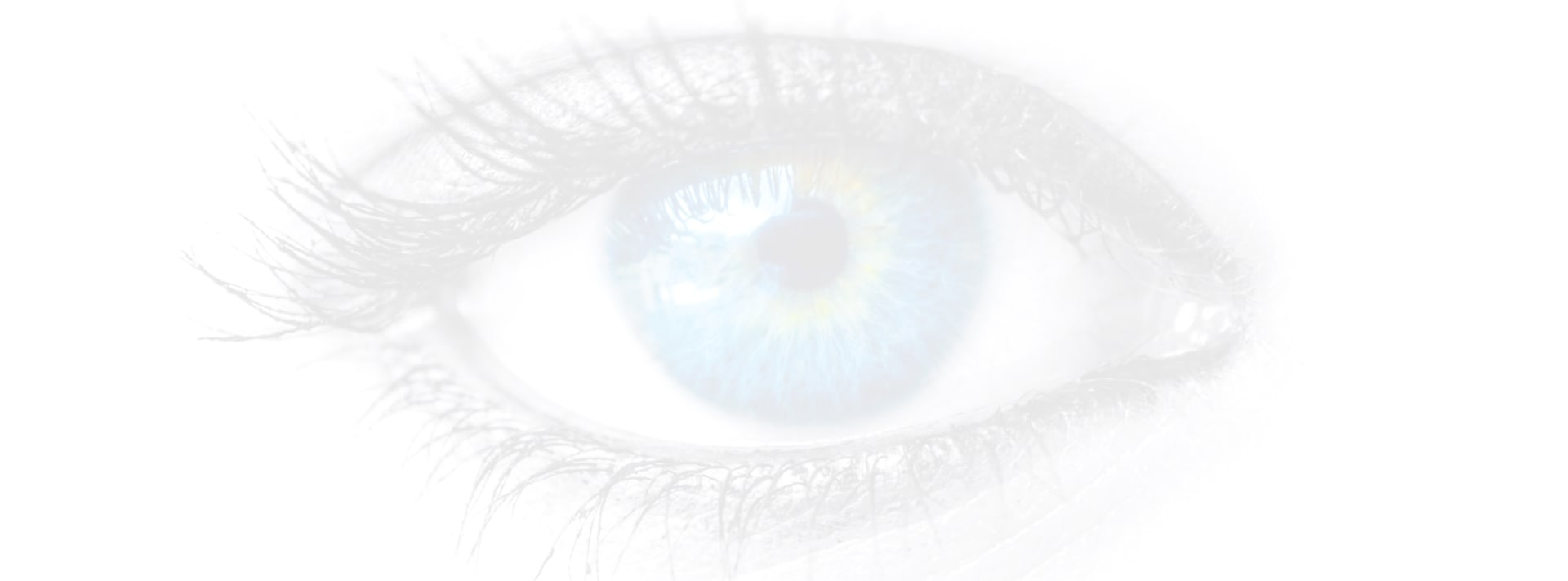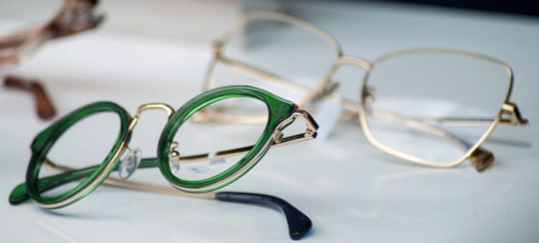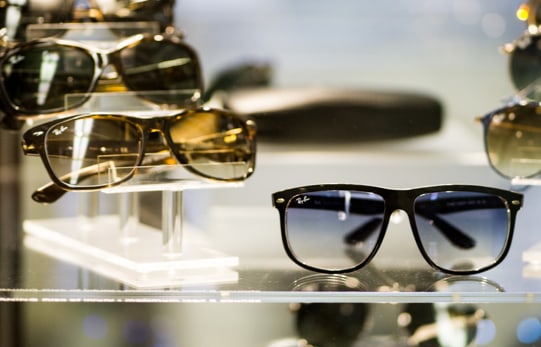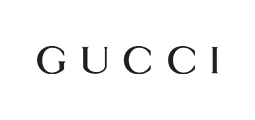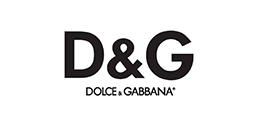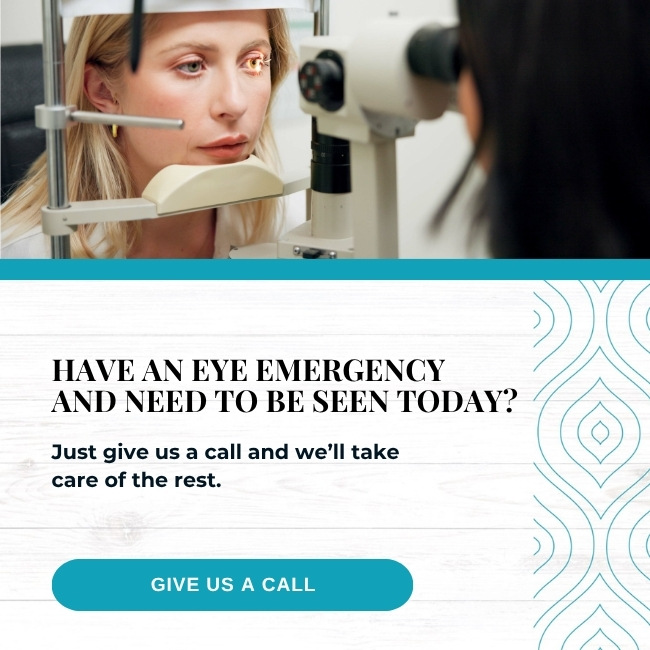Myopia, commonly known as nearsightedness, is a prevalent condition affecting children and adolescents worldwide. Myopia progression can lead to high myopia and increase a child’s risk of several sight-threatening eye conditions.
While glasses or contact lenses help with vision correction, methods for preventing myopia progression can include:
- Atropine eye drops
- Orthokeratology (ortho-k)
- MiSight contact lenses
Regular eye exams can help detect vision problems in kids early and reduce the risk of vision issues affecting their learning and development.
What Is Myopia?
Myopia is a refractive error that causes distant objects to appear blurry while close objects remain clear. If you find yourself squinting to see the whiteboard in class or the street signs while driving, you might be familiar with the daily struggles of myopia.
Myopia occurs when the eyeball is too long or when the cornea has an abnormal shape. These factors cause light entering the eye to focus in front of the retina (the light-sensitive tissue at the back of the eye) instead of directly on it, leading to blurry vision.
Symptoms of myopia can include:
- Squinting
- Blurry distant vision
- Eye strain
- Sore or tired eyes
The common treatment options for myopia include glasses and contact lenses to correct the refractive error and help you see more clearly. Refractive eye surgery is also an option and involves reshaping the cornea to correct vision. While refractive surgery can correct myopia, it’s not suitable for children under 18.
Myopia Progression
Understanding the progression of myopia is crucial for taking proactive steps toward its control. Myopia often develops in children between the ages of 6 and 14 and tends to progress gradually into the early 20s.
Genetics plays a significant role in the development of myopia, and your risk for myopia can increase if one or both parents have it. However, environmental factors can also impact the development and progression of myopia, such as spending long periods engaged in near-focused work, extended periods on digital screens, or not spending enough time outdoors.
Myopia progression occurs from axial elongation of the eye or a too-long eyeball from front to back. If the eyes continue to lengthen, it can lead to high or severe myopia, which increases the risk of complications. Sight-threatening conditions from severe myopia can include:
Treatment for Myopia Progression
While there is no way to reverse myopia, due to the prevalence of myopia in children and the increased risk of sight-threatening complications later in life, there are now several methods for controlling myopia progression.
Ortho-K
Orthokeratology, or ortho-k, involves using specially designed rigid gas-permeable contact lenses. These lenses are worn overnight and gently reshape the cornea while you sleep, providing clearer vision during the day.
The effects of ortho-k lenses are temporary, as the cornea can revert to its original shape if you stop wearing the lenses at night. Ortho-k lenses can correct vision and slow myopia progression in children by slowing the axial length growth of the eye.
MiSight 1 day Contact Lenses
MiSight 1-day contact lenses are designed to be worn during the day and can be a great option for children as young as 8. These lenses not only correct myopia but also work to slow down its progression. The daily disposable feature makes these lenses a convenient and hygienic solution for young wearers.
Atropine Eye Drops
Atropine eye drops have shown promising results in controlling myopia progression. Low-dose atropine eye drops can help with myopia progression and minimize side effects. These drops temporarily paralyze the eye’s focusing muscles to help slow myopia progression.
Other Measures to Control Myopia
In addition to specialized lenses and treatments, lifestyle modifications can play a role in myopia control. Spending more time outdoors has been associated with slowing myopic progression in children.
Screen time can play a role in the development of myopia. Taking breaks from near-focused work, especially for children, may help alleviate the stress on the eyes and contribute to slowing down myopia progression.
Myopia Control & Eye Health
Myopia is a vision condition that can affect both children and adults. While glasses and contact lenses help manage vision correction in myopia, they don’t stop the progression or risk of developing other eye diseases.
Myopia progression can lead to severe complications, making regular eye exams for children a vital step in detecting myopia early on and receiving a treatment plan to slow the progression.
If myopia runs in your family, contact Family Vision Care for more information about myopia progression and control or book an appointment for the entire family. We can conduct a comprehensive eye exam on children 5 years and up.



